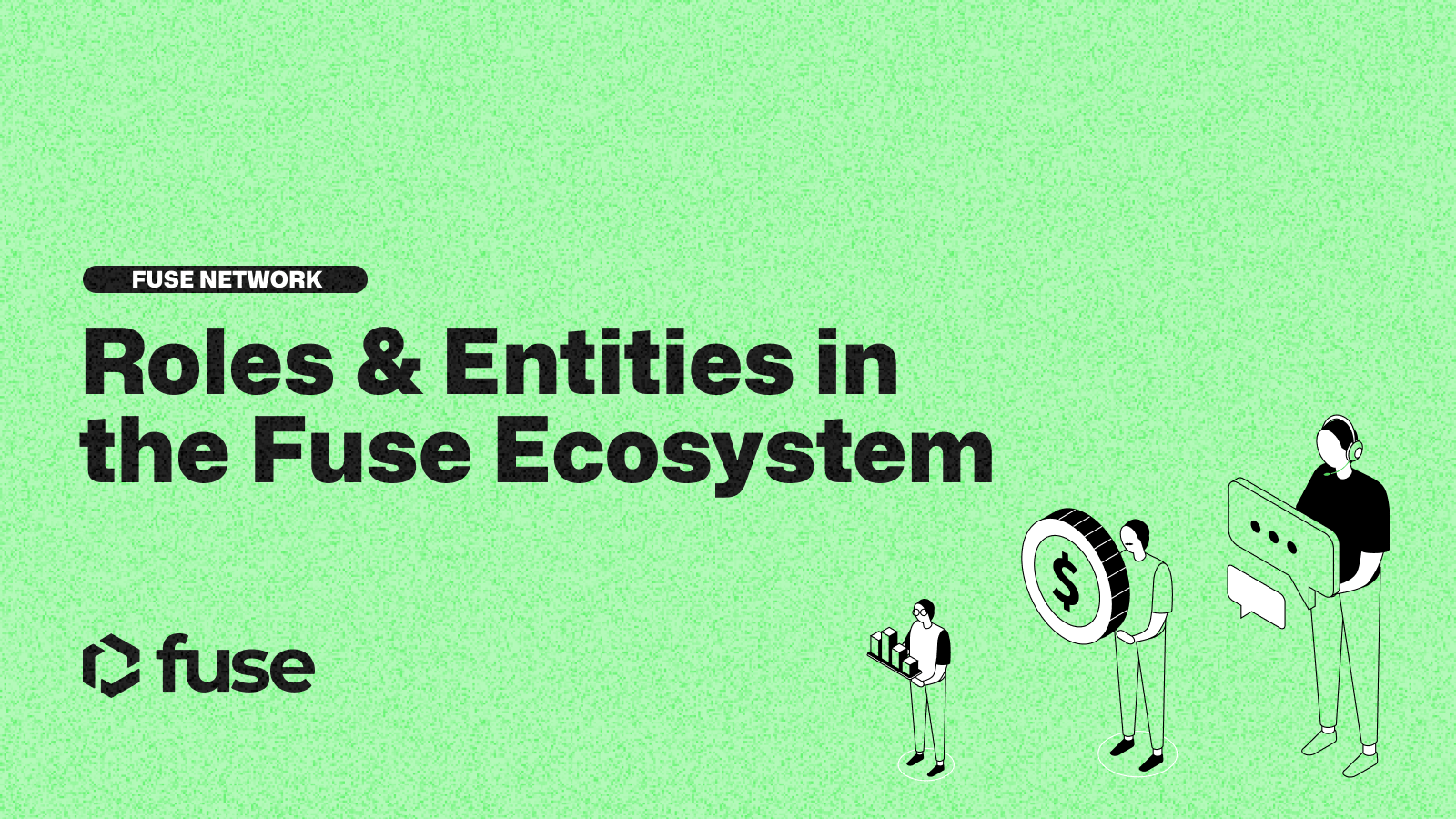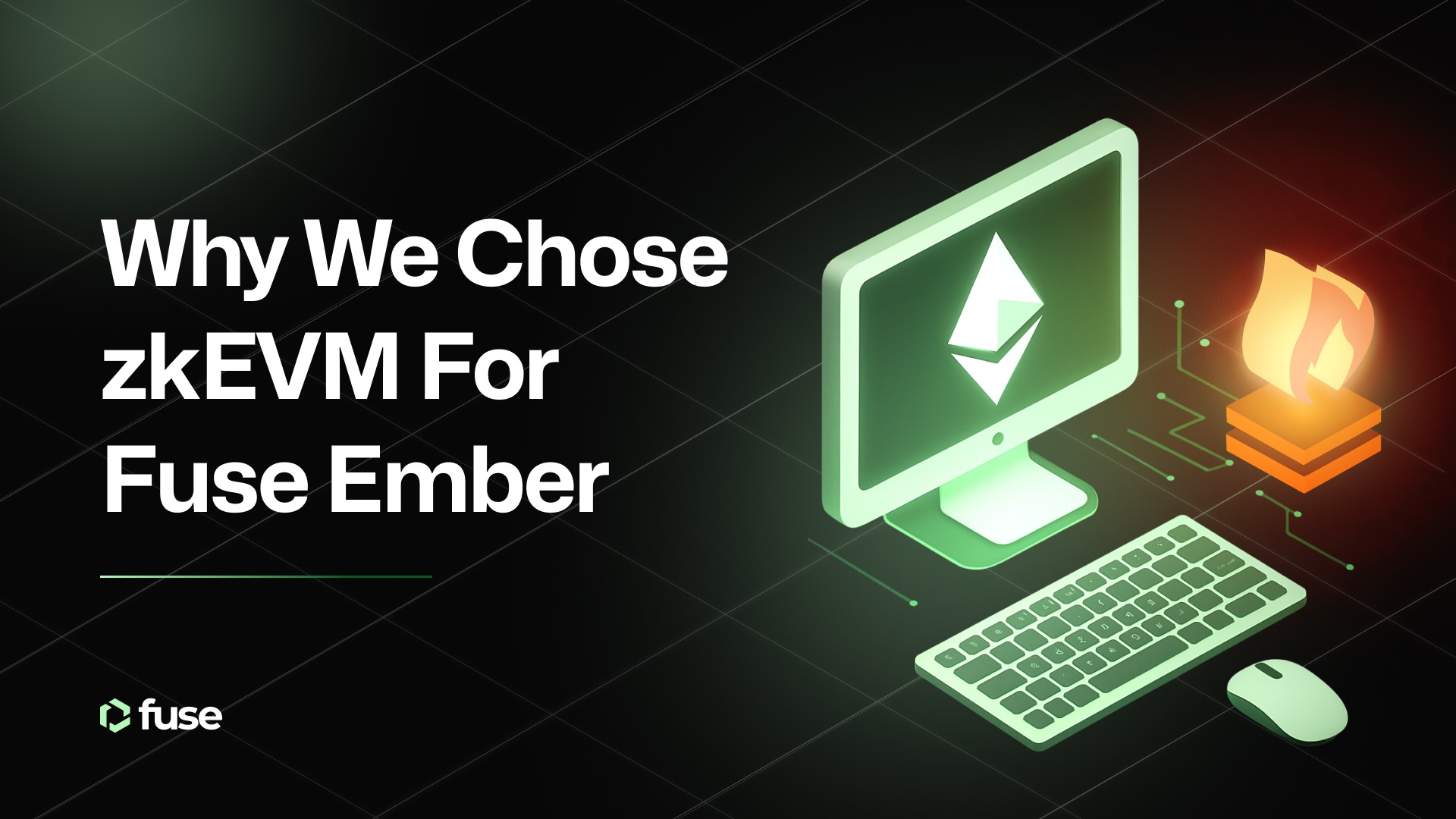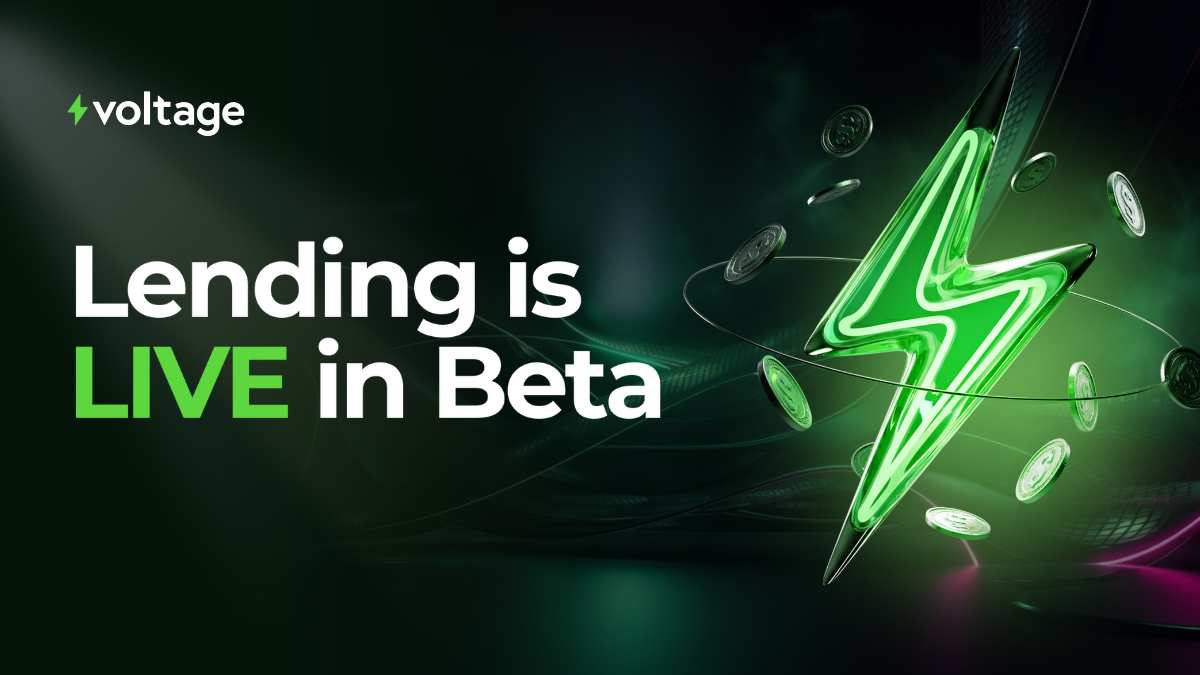The development of Fuse as a payment-focused blockchain ecosystem primarily relied on the infrastructure created by Fuse Labs. While that was sufficient to carry us this far, priming Fuse for mass business and consumer adoption requires that the infrastructure on top of the Fuse blockchain become more robust and decentralized.
The new structure outlines three core entities in the Fuse ecosystem: Merchants, Operators, and Power Validators, and plays heavily to our crucial advantage of being a Layer-1 blockchain. This means that operations on Fuse do not depend on any other blockchain for finalizing transactions.
In other words, once the Fuse Network validators have achieved consensus about a transaction and added it to the ledger, this is sufficient for the transaction to be valid and irreversible. The new structure primes Fuse for mass business and consumer adoption by decentralizing currently centralized services.

Merchants
A Layer-1 blockchain like Fuse is well-positioned to provide global services as merchants require on and off-ramping locally anywhere in the world. In our ecosystem, they will use out-of-the-box services such as accounting, invoicing point of sale, and eCommerce plugins.
Merchants can integrate the decentralized payment services provided by Operators into their existing applications and get up and running quickly. Operators will form the backbone of the decentralized middleware layer.
Operators
Operators are real-world business applications, games, dApps, and anything that could run on the Fuse blockchain. They develop and maintain applications that involve payments. They are responsible for the seamless onboarding of users to the applications on Fuse and follow the corresponding local regulations where they operate.
Operators cover most of the payment-related fees in the network. They are businesses that build products and services that utilize the network for their clients. Critical services are required to make applications run correctly and call data from the blockchain, all handled by the Fuse SDK, APIs, and relayer services.
- Client application – the application in which the SDK is utilized to make the abovementioned payment flow possible. The client application is also responsible for utilizing other solutions for authenticating users and securing their private keys to sign and authorize the transaction requests off-chain on the client side. Client applications can also utilize or implement extra features like payment links to pay for products and services online or notify the end-users with push notifications when they receive payments.
- APIs/SDK – enables creating and managing wallets for the users and the merchants, sending transactions to the blockchain through the relayers, and notifying the client application about the statuses of the transactions with events.
- Relayer – receiving transaction requests, verifying them, and submitting them to the blockchain by covering the gas fees.
Power Validators
Blockchain applications and wallets depend on various middleware services external to the on-chain logic to function. This includes relayers, account management, wallet APIs, verification, and more.
The role of Power Validators on Fuse is critical in achieving the desired level of decentralization that makes sense for businesses. They are responsible for powering the payment infrastructure of the Fuse platform while also actively validating transactions.
While Validators are essential for transaction approval, the abovementioned payment flow is much more complex. It requires an elaborated infrastructure of smart contracts and backend services, and it will have the following additional requirements:
- SCW and account abstraction – The network must deploy smart contract wallets for every user. All users will require a complex transaction flow, and account abstraction helps to automate the process. PVs allow scaling.
- High throughput and fault tolerance – PWs will enable better scalability for the network. There are some advantages to having a centralized solution sometimes. Still, for generating a healthy network for business adoption, we can’t imagine how much essential infrastructure could have critical points of failure. Hence, the new PW utility comes to mitigate this. We plan to achieve high throughput via Rollups. At the same time, the power validators will run sequencer nodes that commit the transactions in batches to L1.
- Privacy – some transactions need to be private to generate any meaningful adoption. The network needs to be able to process private transactions using the same infrastructure.
- Auxiliary services – Inc, wallet APIs, indexing and notification services, payment link generators, etc.

The objective is to create a fault-tolerant system enabling high-quality services and a failover architecture. You can read more about Fuse’s planned path to Power Validators here.
Users
These are the end-users of the applications developed, managed, and maintained by the Operators. They want to pay for products and services and are not blockchain experts or tech-savvy. When a user wants to pay a merchant, the following steps take place:
- The user opens the mobile application developed by an Operator and initiates the payment flow through the application.
- Behind the scenes, the operator’s application signs the transaction with the user’s private key and relays the signed transaction to the Power Validators network using Fuse Wallet SDK.
- Power Validators receive the transactions, validate them, bundle them, and relay them to the Fuse blockchain network.
- The transactions are confirmed by the validators and added to blocks.
- The merchants receive the funds in their wallets, and the user gets their goods or services.
Why do developers build on Fuse?
Fuse offers the only full-stack solution on the market, as most networks provide infrastructure to build dApps and use cases which all lead back to Ethereum. Fuse builds the infrastructure that lets businesses access everything they need on Fuse Network.
As the demand for decentralized applications (dApps) and smart contracts continues to grow, developers face the daunting choice of which blockchain to build on. The Fuse network offers unique features and benefits, making it a compelling option for developers looking to build on a fast, interoperable, efficient, scalable blockchain.
Moreover, being a Layer-1 blockchain allows us to chase our desired vertical and not follow the path set by Ethereum development. Our focus for the coming year lies in onboarding Operators, privacy, and further decentralization and implementing the ambitious plan to activate the three core participants in the Fuse ecosystem fully.
.svg)
.svg)












